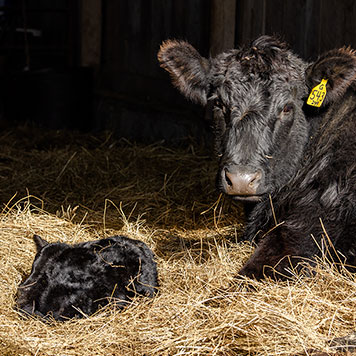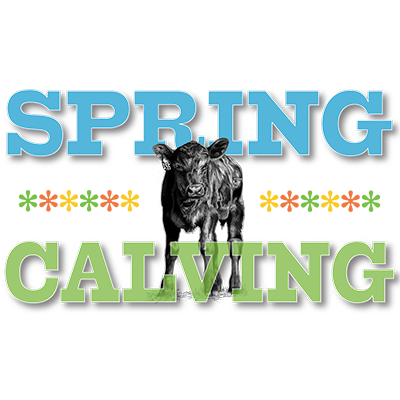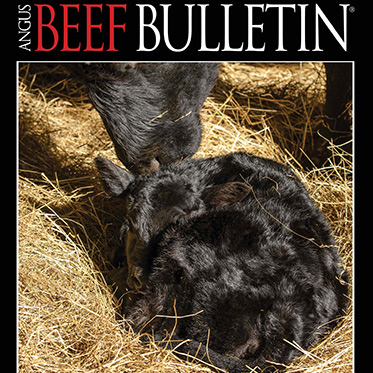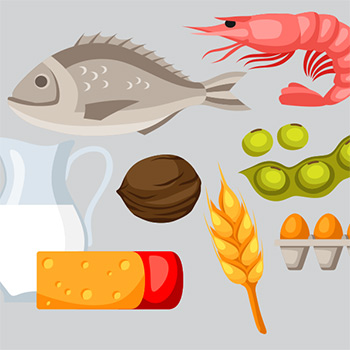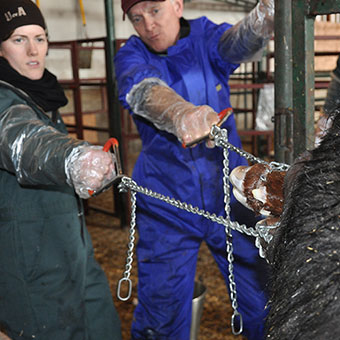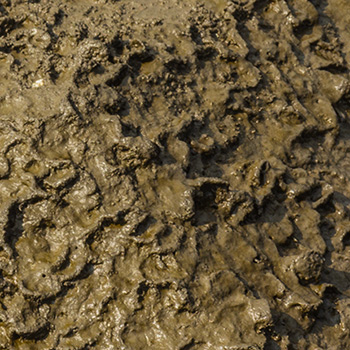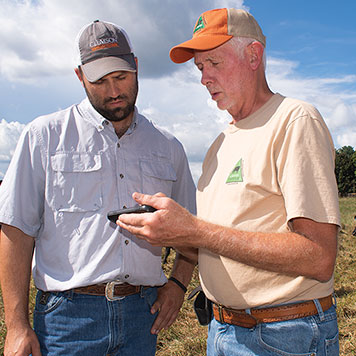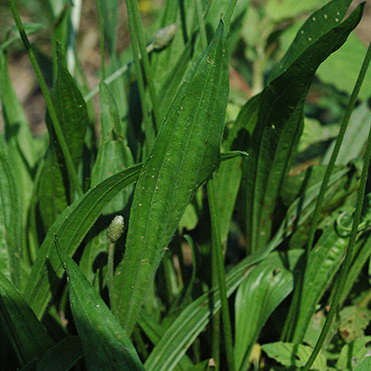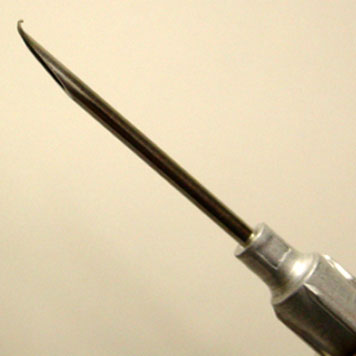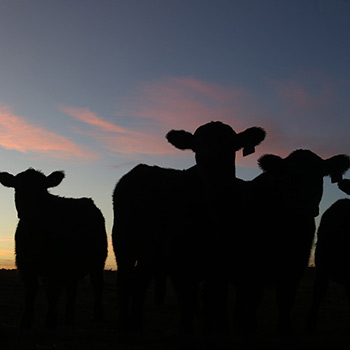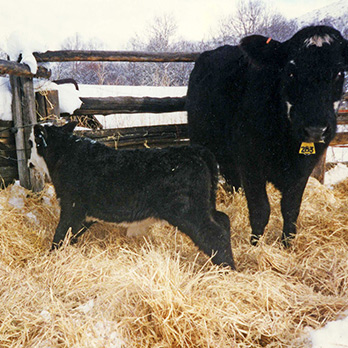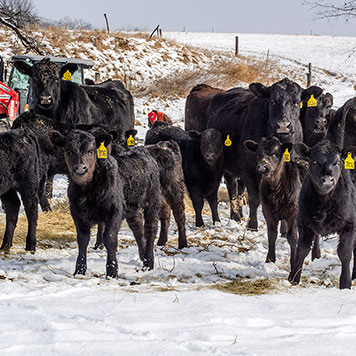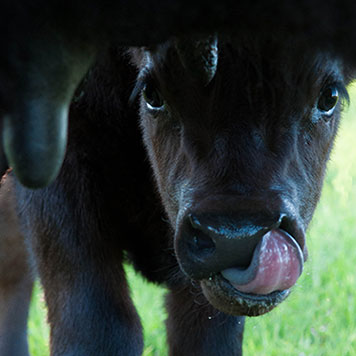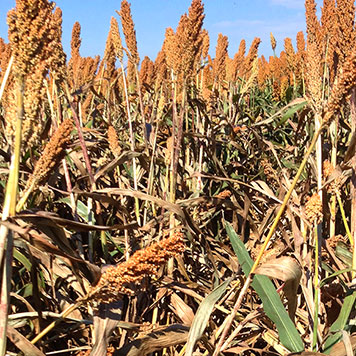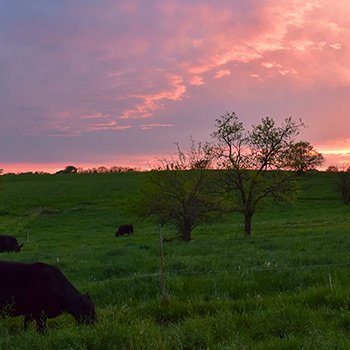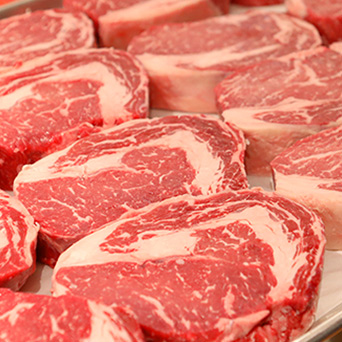Injection Tips for Calves
Giving injections to calves requires certain considerations.
Important injection considerations include choosing appropriate needle size and length for the product being given, and both the injection-site location and route.
George Barrington, professor of Agricultural Animal Clinic Services at Washington State University, says calves have thinner skin than adult cattle, and often a smaller-diameter needle can be used.
“If the needle is too large, there’s more pain and more chance of the product leaking back through the larger hole,” he says.
 |
When vaccinating a group of cattle, it’s best to change needles and use a new one for each animal, but very few producers do this. |
Needle size is dependent on many things, including consistency of the product being injected. More viscous products are harder to force through a small needle, he says. It will take too long to give the injection, or you may have to apply so much pressure that the needle and syringe “blow” apart on some types of syringes. If a product is more fluid — less viscous — a smaller-gauge needle can be used.
“It’s also important to not inject through a dirty hide or you run a bigger risk of more reactions or infections,” Barrington says. “Make sure the area is clean and dry.”
When vaccinating a group of cattle, it’s best to change needles and use a new one for each animal, but very few producers do this.
“There are some blood-borne diseases that can be transmitted from animal to animal via needles, such as bovine leukosis virus (BLV) and anaplasmosis,” says Barrington.
When using multi-dose syringes, at least take time to change needles every time you refill the syringe. This helps ensure that you are using a sharp needle rather than one that’s become dull. A dull needle creates more pain and tissue damage.
“It might be harder to use a longer, 1½-inch needle when giving a Sub-Q (subcutaneous) injection with a multi-dose syringe. With longer needles you pick up a pinch of skin to slip the needle in underneath,” he explains.
Thus you have to be a little more careful in how you give the injection. Take time to tent the skin and angle the needle appropriately.
“When injecting a lot of cattle in a short time, it’s easier to use a shorter needle, placed at the proper angle so there is minimal chance of entering muscle. Longer needles increase the chance that the product won’t be deposited subcutaneously,” he says.
When giving multiple injections to an animal, don’t give them too close together; they should be spaced several inches apart or on different sides of the neck.
Read labels. If the label for an antimicrobial says to deposit no more than a certain volume in one site, there’s a reason. There’s more likelihood of tissue residues if you put more than the recommended volume in one site, says Barrington. The product may also absorb more slowly.
“Residues are a big concern, so it’s important to follow label directions and administer the appropriate amount in the appropriate number of locations. If you have an 1,800-pound bull that needs a large volume of a certain product, you definitely need to follow label directions,” he explains.
“Be systematic in how you give injections, and keep records. It helps if you consistently give a certain vaccine product at the same site. Knowing that you give product A in the left side of the neck, rather than randomly on either side, will help you identify what might have caused a reaction, if a reaction occurs.
“Recordkeeping is helpful in determining which product may have resulted in a reaction,” he continues. “Occasionally certain lots or batches of a product have been associated with reactions or other problems. If you don’t know where you gave the shot, you wouldn’t be able to determine which product was associated with a problem.”
Editor’s note: Heather Smith Thomas is a cattlewoman and freelance writer from Salmon, Idaho.
